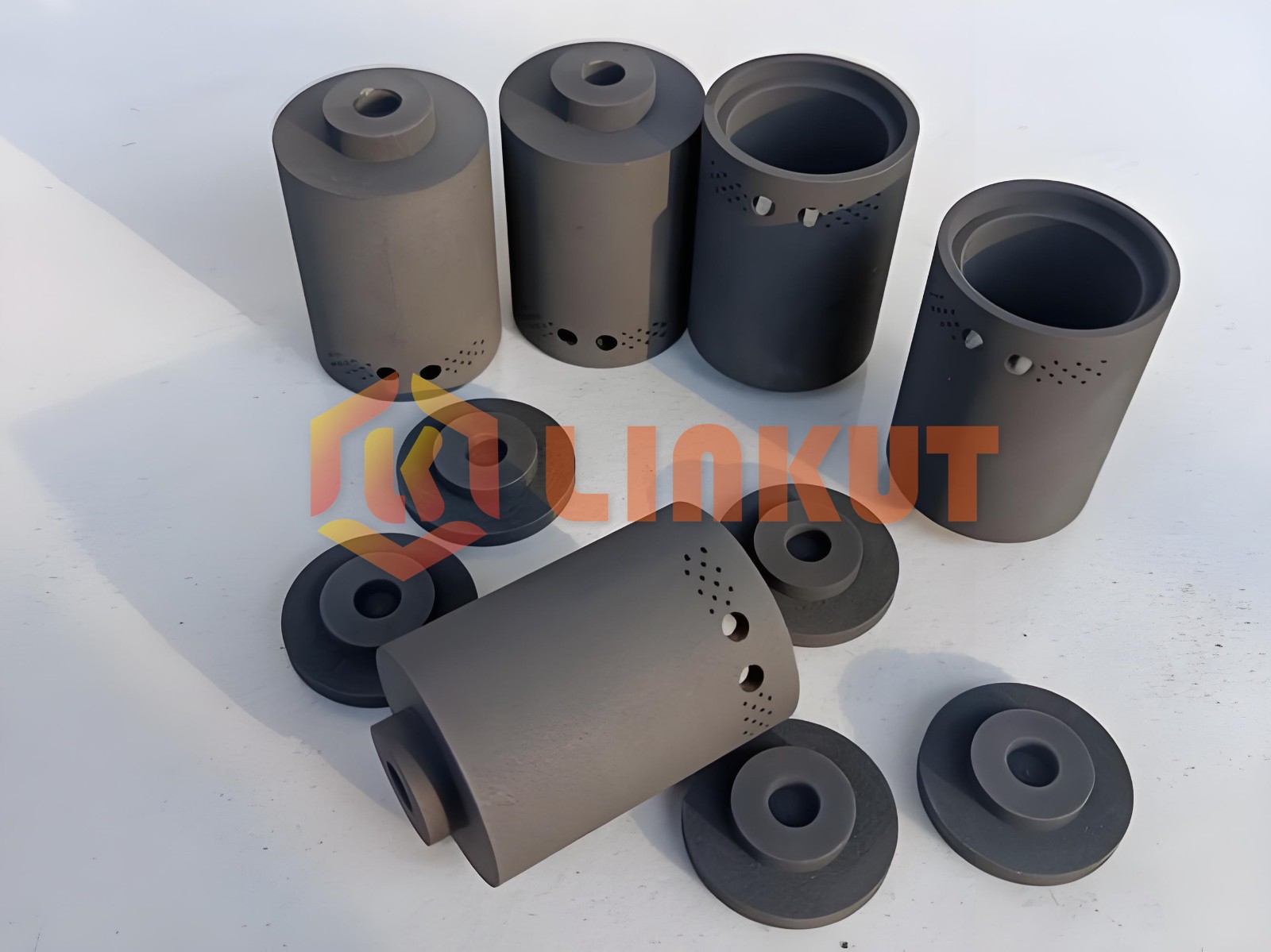Analysis of the Optimization of Graphite Cutting Processing Technology
Material Characteristics and Application Bottlenecks
As a heterogeneous brittle material, graphite has advantages such as high - temperature resistance, electrical and thermal conductivity, and lubricity. It is widely used in fields such as electrodes for electrical discharge machining and wear - resistant components. However, its heterogeneous structure makes it prone to brittle fracture during cutting. In the processing, problems such as corner chipping and severe tool wear often occur, which is particularly prominent in the processing of thin and narrow rib - like or complex structural parts, restricting the precision production of graphite parts.
Difficulties and Mechanisms in Cutting Processing
Graphite cutting forms chipping chips through brittle fracture. The extrusion of the tool cutting edge can induce crack propagation. During processing, impacts such as sudden changes in the cutting direction and machine tool vibration can easily lead to corner chipping of the workpiece. The abrasive wear of graphite particles on the tool significantly shortens the service life of traditional tools.
LINKUT Tool Solutions
To address the problem of abrasive wear, the PCD tools developed by LINKUT adopt a nano - scale diamond sintering process. Their wear - resistance performance is 5 - 8 times higher than that of traditional cemented carbide tools, effectively solving the problem of rapid tool wear.
Process Optimization Strategies
1)Upgrading of Processing Technology
Traditional turning and grinding methods have been replaced by high - speed machining centers. Their spindle speeds of 10,000 - 20,000 r/min can reduce the cutting force and decrease the risk of chipping.
2)Key Points of Tool Selection
PCD diamond tools are the first choice due to their high hardness and wear - resistance. For example, LINKUT's ICD25 - sized tools, sintered with fine - grained diamond powder, have a 30% improvement in wear - resistance compared to conventional products, and are particularly suitable for the precision processing of graphite electrodes.
3)Regulation of Cutting Parameters
Rough Machining: LINKUT recommends a speed of 15,000 r/min with a feed rate of 8 m/min, which can ensure efficiency while reducing the risk of edge chipping.
Finish Machining: When using LINKUT's ICD30 milling cutter, a speed of 20,000 r/min and a feed rate of 5 m/min are recommended, which can achieve a surface roughness of Ra < 1.6μm.
4)Optimization of Process Path
LINKUT optimizes the tool path algorithm through simulation technology. By adopting contour - parallel equal - height cutting and spiral tool - entry processes, the incidence of corner chipping can be reduced by 30% compared to traditional paths. The climb milling method, with its low vibration, has become the mainstream cutting option recommended by LINKUT.
Technological Development Directions
The collaborative innovation of graphite high - speed machining centers and special - purpose tools is the key to breaking through bottlenecks. LINKUT is promoting the research and development of a new generation of intelligent PCD tools, planning to launch the LK - PCD series products integrated with wear - monitoring sensors. By providing real - time feedback on the cutting state, parameters can be optimized, promoting the upgrading of graphite processing towards intelligence and precision. In the future, relying on corporate technological innovation, the cutting database will be improved to achieve the high - efficiency and precision processing of complex structural parts.
Previous Article:Establishment of LINKUT Solid PCD Micro - cutting Tool Project Department and Mass Launch of Nanoscale Products
Next Article: PCD Eyeglass Tools: Precision Instruments in Eyewear Manufacturing







